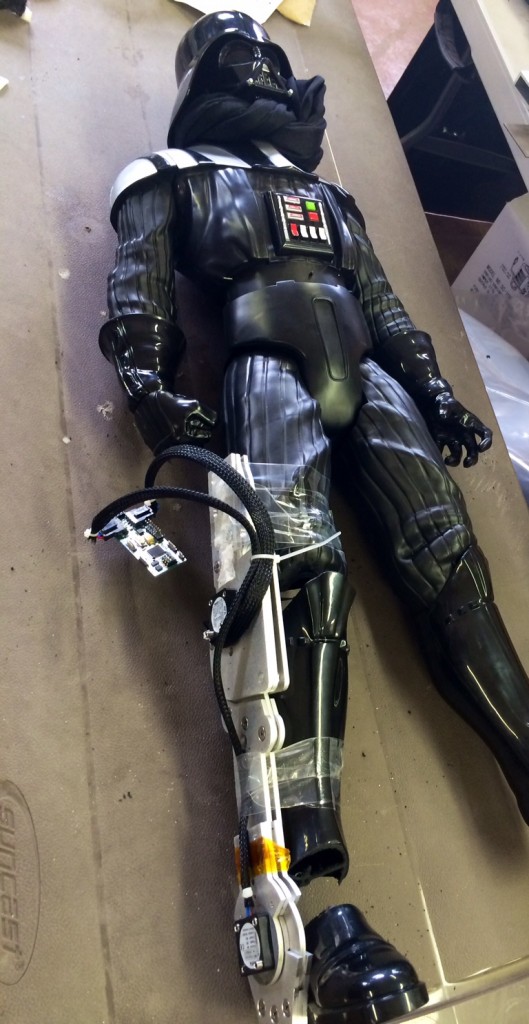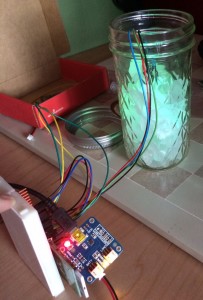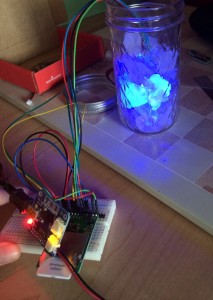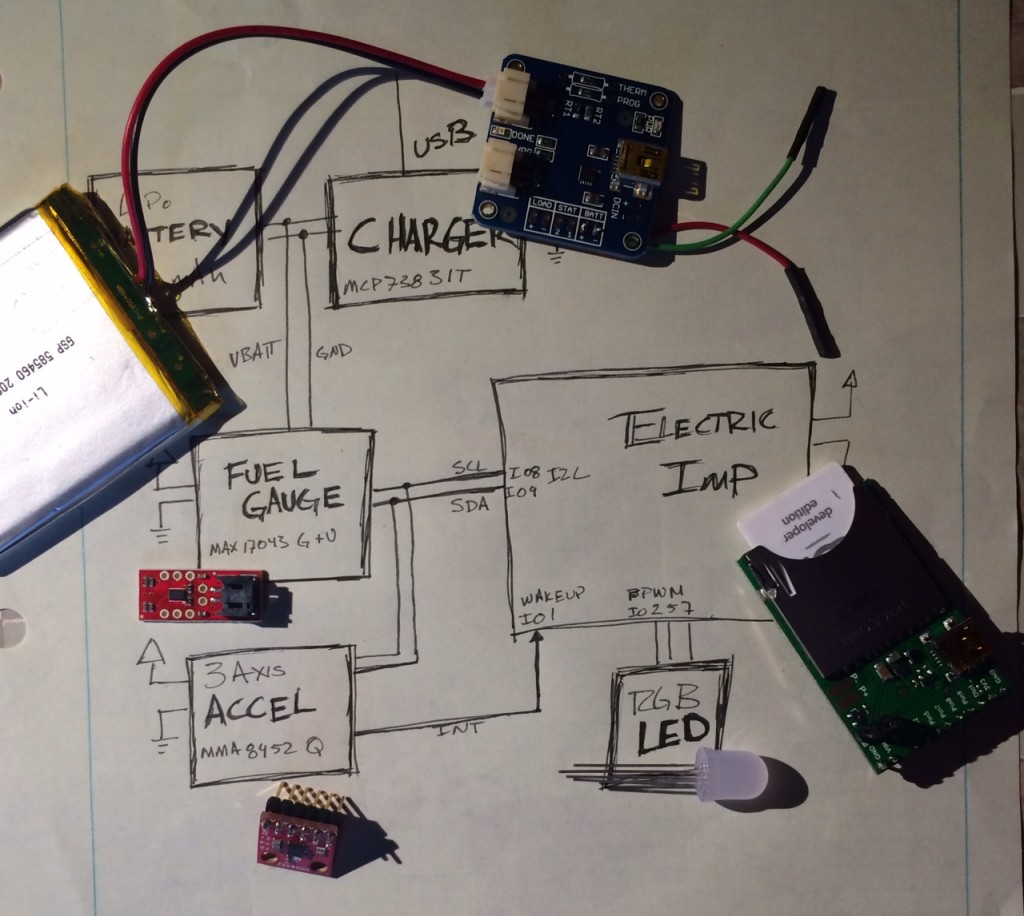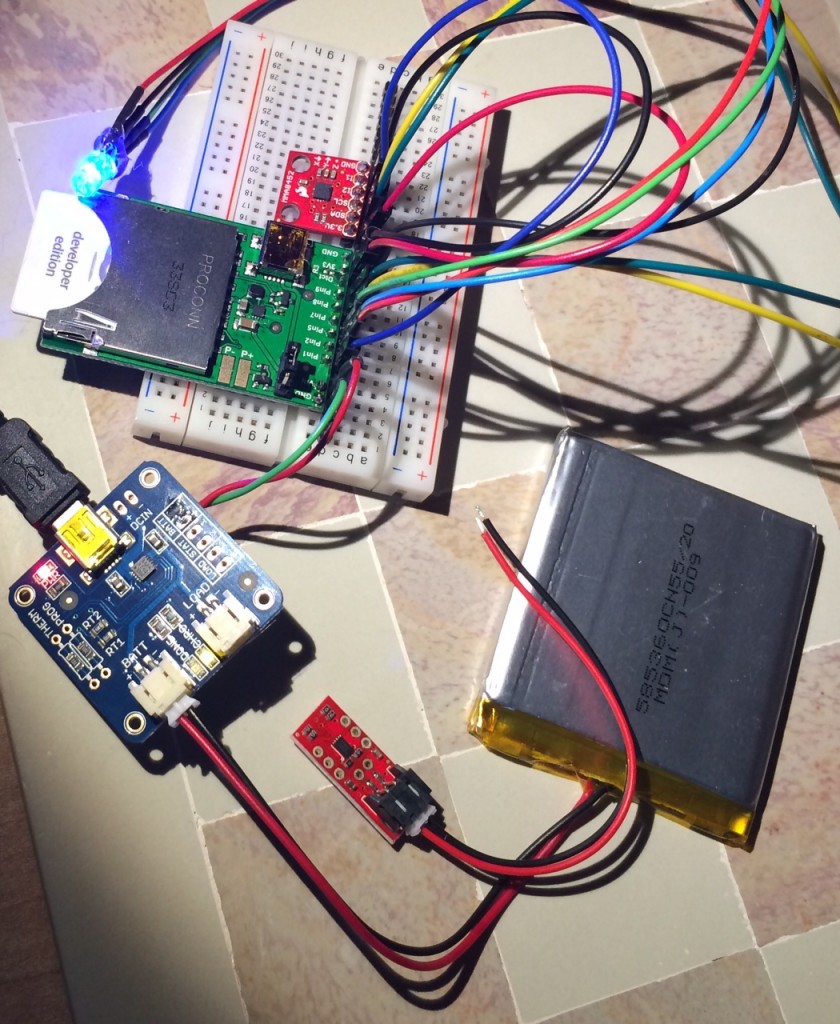I spoke at the embedded systems conference (EELive!) last week. Things went reasonably well, some events grated on me (and will for a bit though I suspect no one else noticed).
On Thursday afternoon, I gave a surprisingly well-attended talk, especially as it was near the end of the conference. My presentation was titled “What marketing won’t tell you about the Internet of Things”. Obviously, I fished for controversy. However, once I talked mentioned my presentation was about how consumers were not being well-served by the IoT, particularly in the area of configuration, well, it wasn’t as contrarian (or iconoclastic, a word I like much better, or curmudgeonly, a word I like less well) as it might have seemed.
At the conference, I was asked by three different folks to write for them (four if you count UBM, the organizers of the conference, for which I have already written). None of them offered to pay me.
I’m honored to be asked but my time is valuable.
That probably lacks tact or subtlety or something.
Part of me thinks writing for well-advertised blogs is a good idea: it helps sell my book and I am currently looking for a new contract. It is just a blog entry or two (or four).
On the other hand, it is for their sites (two of which I can’t even read anything on because of the hideous amount of flashing advertising, two of which I haven’t read in the past so I don’t know the state of their blinkage). I can blog here if I want to, anytime, about anything; I don’t even have to edit it or use proper words in any sort of standard order. Also, no stupid flashing ads.
I don’t really advertise this blog and I can’t say I think many people read it. Strangely, this is a big plus for me. If I wanted more readers, I’d tweet more and crosslink from the podcast. But this is a forum I can use for half-baked ideas, where I don’t need to be a shiny-polished professional.
Back to the first hand. On one of the sites, an audience member for my talk wrote up a short set of blurbs from my talk but it boiled an hour long talk into a thirty second read; my talk made little sense if that was what you heard of it. It was great to get the write up but frustrating to read the comments because they seem to think I’m an idiot. I could do ~10 entries, using my slides and talk. If I wrote them all next week and slated them to release every week, it probably would be only about two days’ worth of work.
Back to the other hand, these sites depend on content. That is how they make money. Why am I doing their job for them? Why would I work for free so they can get paid? Exposure is insufficient, I’m feeling a little overexposed right now anyway.
Do I even want to get paid? We just did our taxes and more revenue streams makes for more complexity. Also, why would I work for less money than I do when engineering? That grates more than taxes: the blogs can’t pay me engineering rates, mine are too high. Working for less devalues my time. (But working for free is pro bono, a different compartment.)
I have many options for what to do with my free time:
- work on educational, nonpaying personal projects (ayok widget, soldering things, this blog, our podcast, take an online class or two)
- take a break from tech, exercise more and genuinely slack
- fish for jobs, emailing friends and checking job boards (though most of my business comes from referrals so job boards don’t pan out)
- write for other blogs, get exposure for podcast and book, maybe ask them to pay me though it will be at a fairly low rate
- house and business chores (reconcile business bank statements, make a new website for Logical Elegance (one that loads faster and links to the podcast), gardening)
Given this list, how should I prioritize it? Actually, I think it is in priority order (if priority is akin to desire to do these things).
For the two weeks prior to the conference, I spent about an hour a day working on my presentation (this is the problem with hour long presentations, practicing takes awhile). I can’t say I don’t have the time right now, I could put that time into writing blogs. I will need to figure out which ones and what I want to say there. (Converting the presentation to blog posts would work on one of two of the options. Two others suggested topics, one of which requires somewhat-interesting research.)
To sum up: I’m ambivalent. In the short term, committing to someone else’s blog (or even a magazine) seems foolish, especially as I’m uncertain what I’d get out of it (other than a headache trying to read my post amidst flashing ads).

